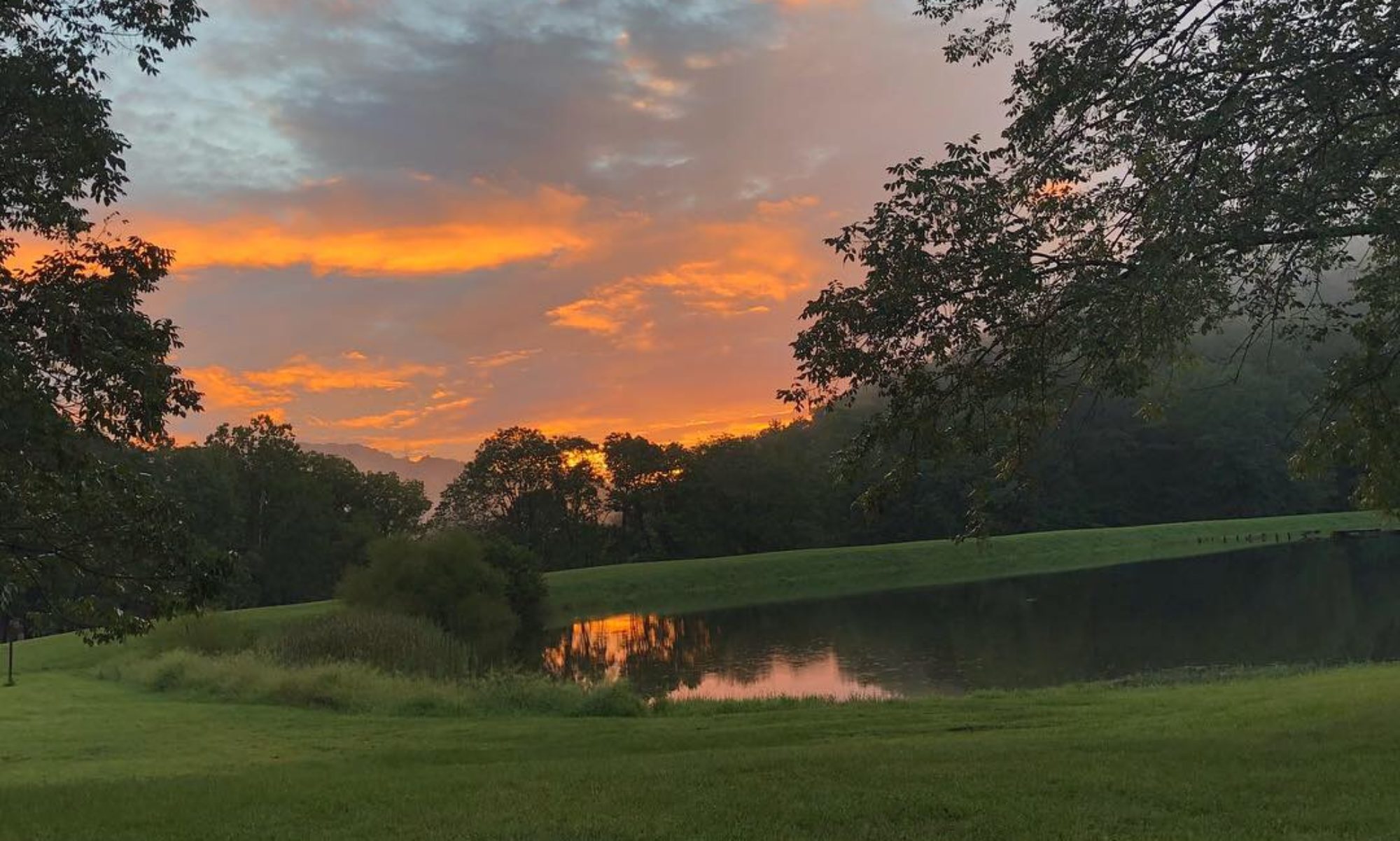I don’t understand the people who choose to water their sidewalks, yet I walk and ride by them all the time.
Marlene Condon posted this, and I’m posting with permission.
In the Sugar Hollow area, we are experiencing extreme drought (despite what the TV weathermen tell you). All the streams along Sugar Hollow Road (but one or two) have stopped flowing, and trees and herbaceous plants are wilting badly with some dying. In other words, our ground water is being depleted due to a lack of replenishing rain coupled with extreme heat, as well as more usage by more people living here.
If you live in a similarly impacted area, I’d like to suggest you consider the following, please:
STOP mowing grass so short! When lawn is scalped (as most people cut it), soil is exposed, allowing precious moisture to evaporate instead of sink into the ground. Leaving grass taller helps shade the soil to maintain moisture longer for the use of your grass (and other plants) and perhaps make it to the water table (depending upon environmental conditions). Additionally, grass kept constantly at such a short height is detrimental to the health of trees, which is why so many large oaks in large expanses of grass are dying (drive on rte 810 by Grace Estate winery to see what I’m talking about). When the soil dries out, tree roots die.
TO HELP WILDLIFE, put out sunflower and white millet seeds for finches and sparrows (a towhee is a sparrow) to make up for the flowering plants that are dying. VDOT’s untimely mowing today is seriously impacting food availability for pollinators and birds, especially. If you don’t have a pond or bird bath, it’d be nice if you considered placing a shallow container of water on the ground where toads, birds, and other animals can drink from it. HOWEVER, don’t do this if you or a neighbor allows cats to roam freely.
The drought in the Sugar Hollow area so adversely affected my gardens that even so-called invasive plants much better suited to drought than most native plants are dying. Wildlife depends upon plants, and all of us depend upon availability of water, so I would hope everyone would take this situation seriously and do their utmost to help conserve the limited amount of water available. Thanks so much.

Charlottesville Community Engagement Reports Today
(please consider subscribing & paying to subscribe to Sean’s work; it’s unmatched, and invaluable)
The northern half of Albemarle County and Charlottesville are in moderate drought.
“The news out of the Shenandoah Park is that streams and rivers are closed to fishing due to low stream flows and high water temperatures,” said Albemarle Supervisor Ann Mallek at Wednesday’s Board meeting.
The restrictions in Greene prohibit the watering of most outdoor vegetation except limited watering for newly seeded lawns, watering by commercial nurseries of freshly planted plants, and overnight usage of dedicated irrigation systems.
Washing of vehicles with public water is also prohibited except for in facilities with recycling systems that have been approved by the county. People are also asked to use less water with shorter showers and only using dishwashers and washing machines if they are full.
Fines for violations would be between $100 and $2,500 depending on the scope of the incident.
For a full list of restrictions, visit the Greene County website.
Supervisors Ann Mallek said many streams in the White Hall District have dried up. Though Albemarle County has not issued any restrictions, she urged everyone to conserve water.
“There are no rules for rural well use but if you’re using a lot on your own well you may be depleting your neighbors’ aquifer as well,” Mallek said.
Reservoirs maintained by the Rivanna Water and Sewer Authority are at 94.82 percent of their useable capacity as of Tuesday.

Data for reservoirs maintained by the Rivanna Water and Sewer Authority (view the report) (Credit: RWSA)



